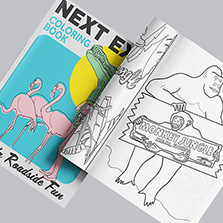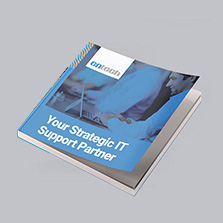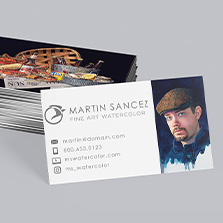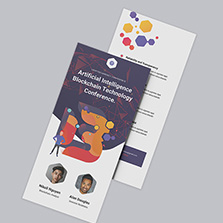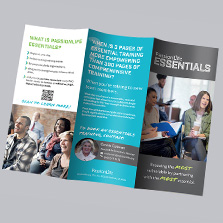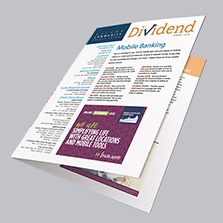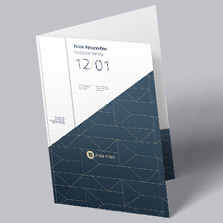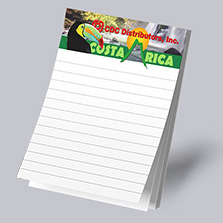
How to Choose the Right Magazine Binding for Your Project
Consider the last time you curled up with your favorite magazine. The pages were likely flexible and easy to flip through. You probably folded it back, cover to cover, making it easier to jot down notes or complete the crossword puzzle in the back. What do we owe such a comfortable reading experience? Magazine binding! How the cover and pages fuse directly impacts how a magazine looks and how easy it is to read. Some types of magazine binding are better for certain magazines than others. We’ll cover the most common magazine bindings available and walk you through choosing the best one for your magazine project.
The Importance of Magazine Binding
Binding is largely responsible for the structural integrity and durability of a magazine. Most readers want a magazine that’s easy to flip through and holds up after multiple reads. Choosing the right binding can make all the difference between a magazine that lasts and one where the pages are falling out.
Magazine binding also plays a major part in creating a professional look. Magazines come in all different shapes and thicknesses, warranting one type of binding over another. Here are the most popular magazine binding options out there.
4 Types of Magazine Binding
1. Saddle Stitch Binding
An in-demand choice for magazines (as well as newsletters and small booklets) under 80 pages, saddle stitch binding is a wallet-friendly option. The printer will assemble the pages in increments of four (front and back) before folding them in half and attaching them at the spine with staples.
Of all the types of magazine binding on the market, saddle stitching is the easiest and fastest to assemble. It’s also the most affordable, and you’ll likely find that most magazine printers can produce this binding easily in-house.


2. Perfect Binding
Opting for perfect binding is frequently a go-to option for a magazine project with a high page count. You need at least 28 pages to use this type of magazine binding. Of course, it’s also beneficial for most thick publications, such as annuals, catalogs, and more.
The printer will collate your pages with a strong adhesive, such as PUR glue, creating a squared-off spine that you can customize. As a result, you’ll reap the advantage of a professional and easily recognizable magazine for any shelf.
3. Spiral Binding
If you’re looking for a magazine binding that will allow your readers to lay the book flat and easily flip the pages, then spiral binding could work for you. A long, continuous plastic coil will bind the pages, creating a flexible and durable publication.
Many individuals and organizations choose spiral binding for instructional magazines, workbooks, employee manuals, and policy booklets.

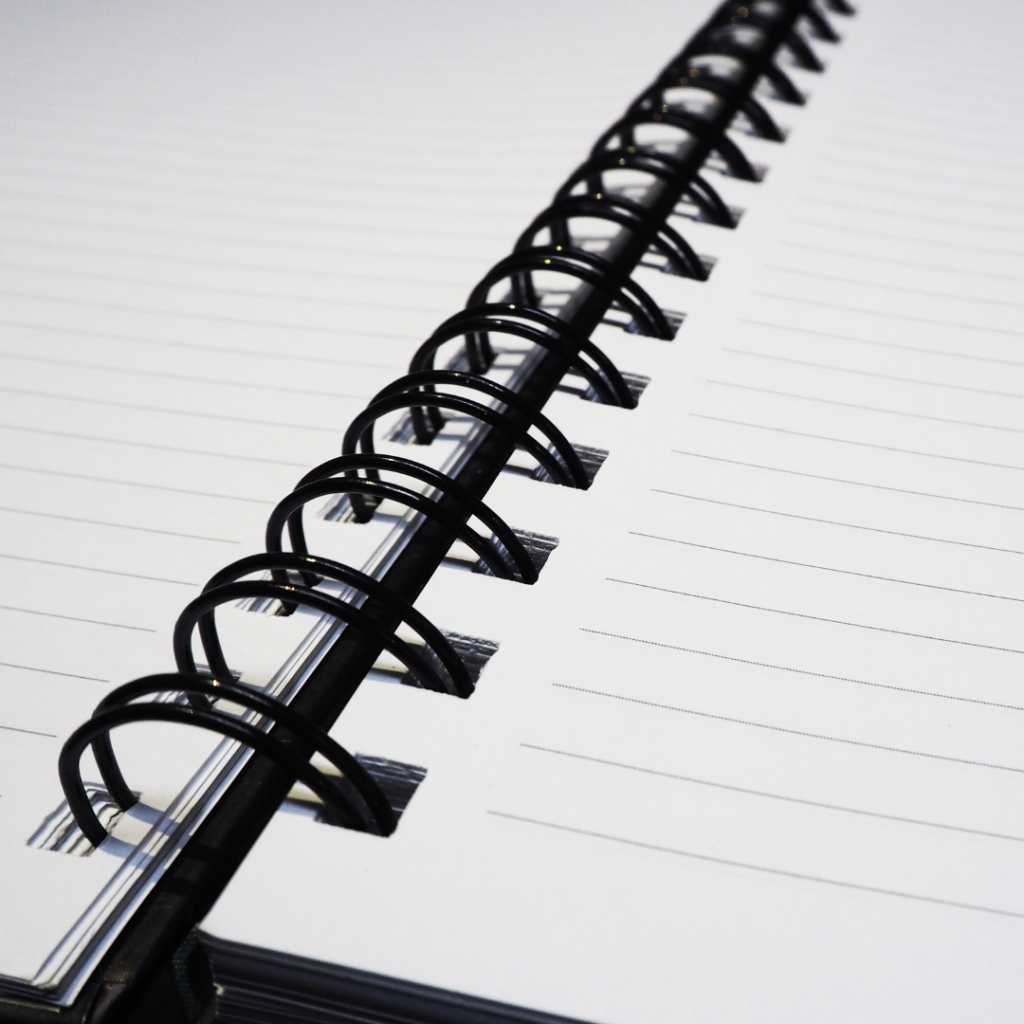
4. Wire-O Binding
In need of a super sleek and professional binding option? Wire-O binding is popular for those who want to collate high-end magazine publications, professional reports, and more.
Double-looped metal wire coils through a row of consecutive holes along the spine, creating a 360-degree page rotation and ultimate flexibility and durability.
Which Magazine Binding Style Is Best for Your Project?
Now that you know the different types of magazine bindings, it’s time to choose the best one for your project. Here are the top factors to consider.
Consider Page Count
The number of pages you plan to include in your magazine plays a major role in the binding you choose. That’s because some bindings work better for smaller or larger page counts. For example, saddle stitching is better for magazines with a lower page count. In contrast, spiral and wire-O binding work best on magazines with high page counts.
Purpose of the Magazine
Another top consideration is the purpose of your magazine, specifically how your readers will be using it. Instructional magazines invite the reader to read and annotate in them, so flexibility and durability are critical so they can withstand frequent use. Whereas, saddle stitching might work best if your magazine is purely informative (and contains a low page count).

Budget and Aesthetic
Not everyone has an unlimited budget to print a professional magazine. Your budget and design preferences can impact the type of magazine binding you pick. Working with a low or limited budget might mean opting for the most affordable magazine binding – saddle stitching (or perfect binding if you anticipate a high page count).
Also, stick to basic aesthetics for your magazine. Going with matte pages and black and white or limited color photos (rather than UV-coated covers or foil embossing is another way to keep your budget in check.
Are you wondering what to expect price-wise if you choose one magazine binding over another? Let’s break it down, but first, we’ll need to put a few other printing and aesthetic requirements in place.
Suppose you need 250, 5.5” x 8.5” magazines with 48 pages, and your inside pages will be on 100 lb. matte stock. Your cover is in full color and doesn’t include special coating or embossments.
Here is what your magazines will cost (per unit) with each of the four bindings we covered earlier:
- Perfect binding: $3.76 per unit
- Saddle stitch binding: $3.54 per unit
- Wire-O binding: $8.96 per unit
- Spiral binding: $8.96 per unit

Choose the Right Binding for Your Magazine with PrintingCenterUSA
Every magazine publication project needs an action plan. Considering all the primary factors, like page count, the purpose of your magazine, and your budget, will guide you toward the magazine binding that will work best for your publication.
PrintingCenterUSA offers a vast range of binding and design options sure to match what you have in mind. Contact our design team for a custom quote, and let’s get on the same page for your next magazine project.



